Discover the Wabanaki-Acadian Forest with Thriving Forests
Spotlight on Sugar Maple – Acer saccharum – snawe’g

Thriving Forests, a program dedicated to understanding the ecological importance of the Wabanaki-Acadian Forest in Nova Scotia, will be featuring a different tree species each month. This month, we highlight sugar maple, the national tree of Canada.
Maple trees, including sugar maples, red maples and striped maples, are native to Nova Scotia and can be found naturally from Nova Scotia to Ontario in Canada.
The uses of sugar maple trees
Traditionally, sugar maples were used to make bows and arrows. The wood from sugar maples is hard and valuable, making it ideal for specialty products such as furniture, flooring and cabinetry. The sap from sugar maples is also used to make maple syrup, with approximately 40 litres of sap needed to produce one litre of syrup.
Identifying sugar maple species
Sugar maples are large trees, reaching heights of up to 35 meters high with trunks up to 90 centimeters in diameter. They are a common tree of broadleaf forests and are known for their vibrant yellow, orange and red fall colours across the Atlantic region.
In Nova Scotia, you can also find other maples species such as the red maple and the Norway maple. Unlike native maples, Norway maples are considered invasive species in North America as they outcompete local maples and produce an abundance of seeds. Many Norway maples were planted as street trees in Nova Scotia when local elms were affected by Dutch Elm Disease.
Here are several methods for distinguishing a sugar maple from a Norway maple and from other maple species:

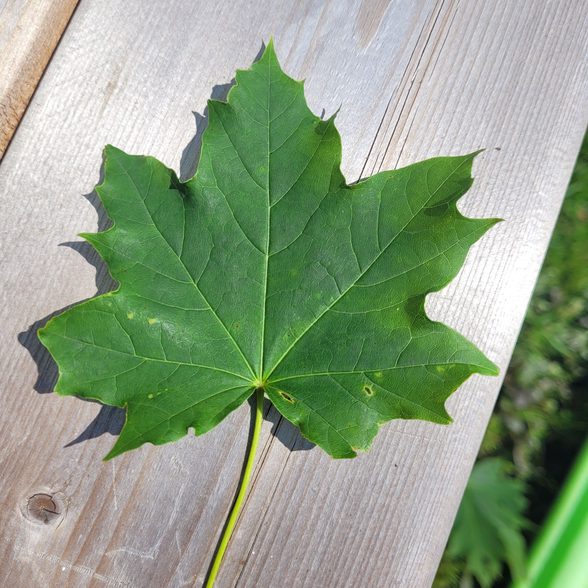
Sugar maple leaves usually have three to five lobes separated by a U-shaped notch, while Norway maple leaves have five to seven lobes with a U-shaped notch.
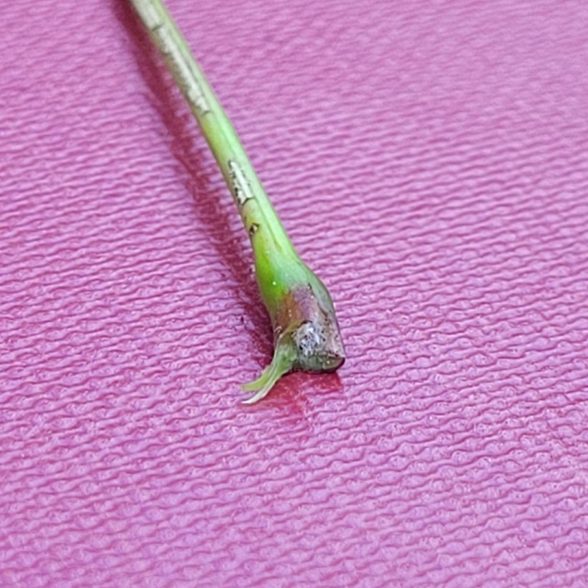

Sugar maple leaf stalks, buds and twigs do not exude a milky juice when picked, unlike Norway maples.
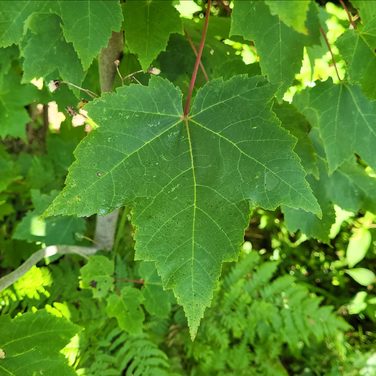
Red maple – large tree, leaves have 3 main lobes with V-shaped notches

Silver maple – large tree, leaves have 5 lobes with deep notches
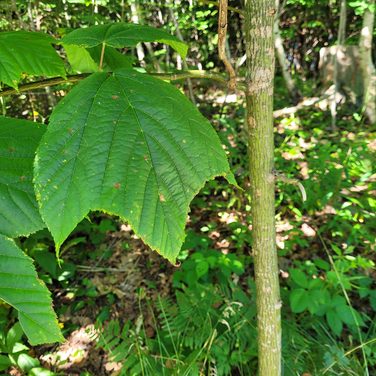
Striped maple – small tree with large leaves and a distinctive striped trunk
Identifying mature sugar maple seeds

Sugar maple seeds can be identified by their unique double-winged samaras, measuring between 30-35 mm in length. When mature, the wings take on a light yellow-brown hue and encase a firm, plump seed. Typically, one of the two seed cavities in the samara is empty. Sugar maple samaras can be distinguished from those of other maples by their slightly separated double wings.

Collecting and storing seeds from sugar maple
To collect sugar maple seeds, shake branches onto a tarp or hand-pick. However, ensure you have permission to gather seeds from the area you’re visiting. Additionally, create an identification tag including information about the species, tree location, GPS coordinates and date. Before collecting, perform a cut test on 20 seeds per tree using a pipe cutter or a safe blade while wearing gloves to verify their health and viability.
Sugar maple seeds should be stored in a cool, dry, well-ventilated place. They need to be surface-dried and protected from the elements. Stir them daily to ensure even drying and prevent damage from heating and mold. For long-term storage and to maintain good viability, de-winged seeds can be kept in a sealed container.
To join our network of tree monitors or if you know a stand of trees in your community that you would like to direct us to, please reach out via thrivingforests@cleanfoundation.ca.
If you are interested in learning more about Thriving Forests program, click below.
Electrify Nova Scotia Rebate Program hits one year milestone
“Sitting and driving have been extremely difficult for me after my motor vehicle accident. This e-bike has allowed me so much freedom to enjoy life.” That’s the sentiment from one anonymous e-bike owner who was able to purchase affordable, in this case life-changing,...
Investing in warm homes, and a healthy environment
With an energy in her 60s that many younger people would envy, Cindy, a native of Cape Breton and her husband George, a transplanted Newfoundlander, live in a house that is “probably 90 or 100 years old.” Both are retired but keep busy as active volunteers in their...
Electric vehicles make big impact on small business
For Big Spruce Brewing Founder Jeremy White, the choice to bring an electric vehicle (EV) into the fleet is logical not just for them, but for any small business looking to make a big difference in how they operate. Based in Nyanza, Cape Breton, Big Spruce Brewing is...


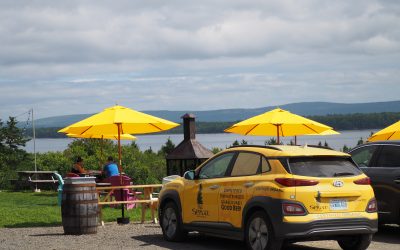
Recent Comments